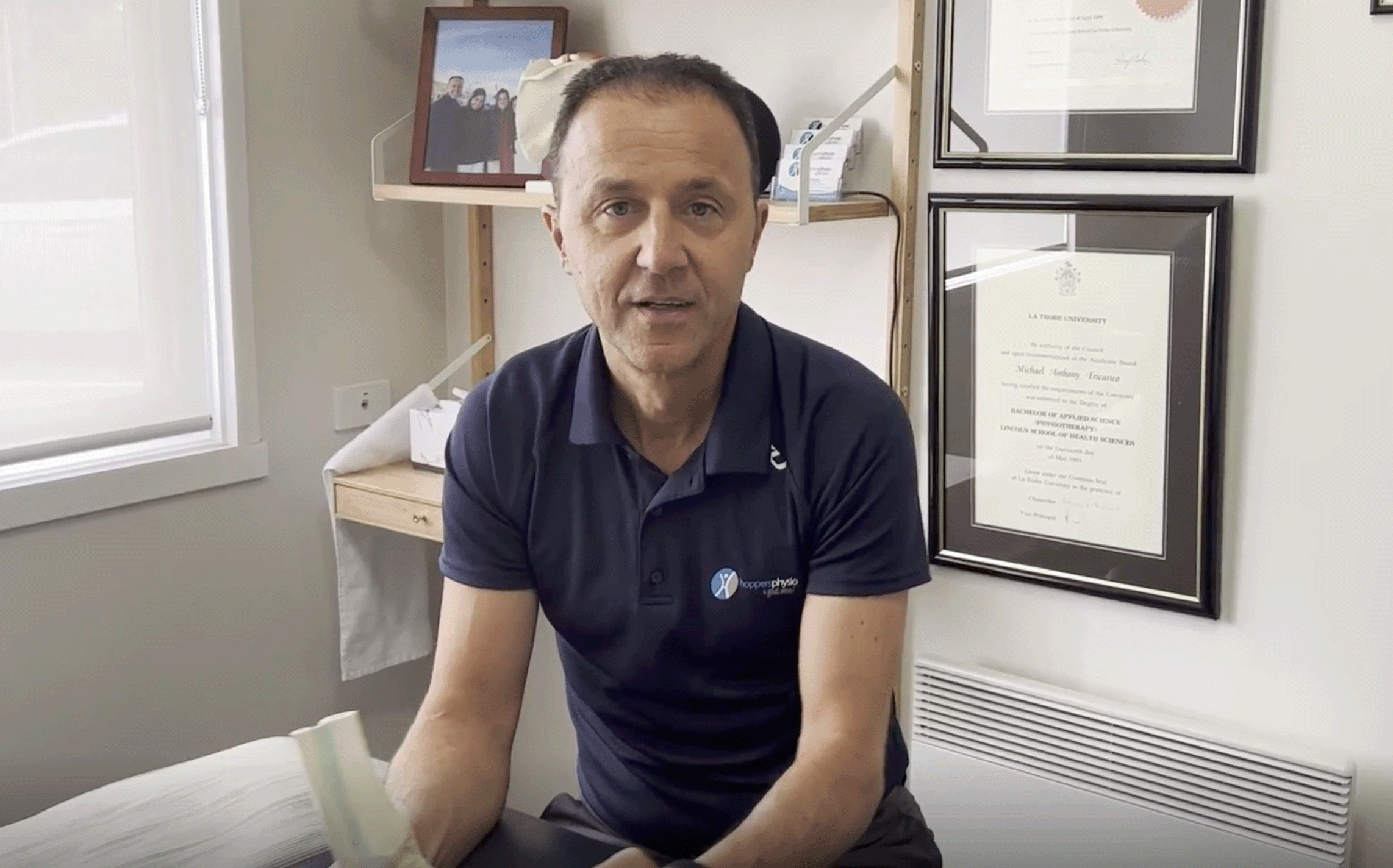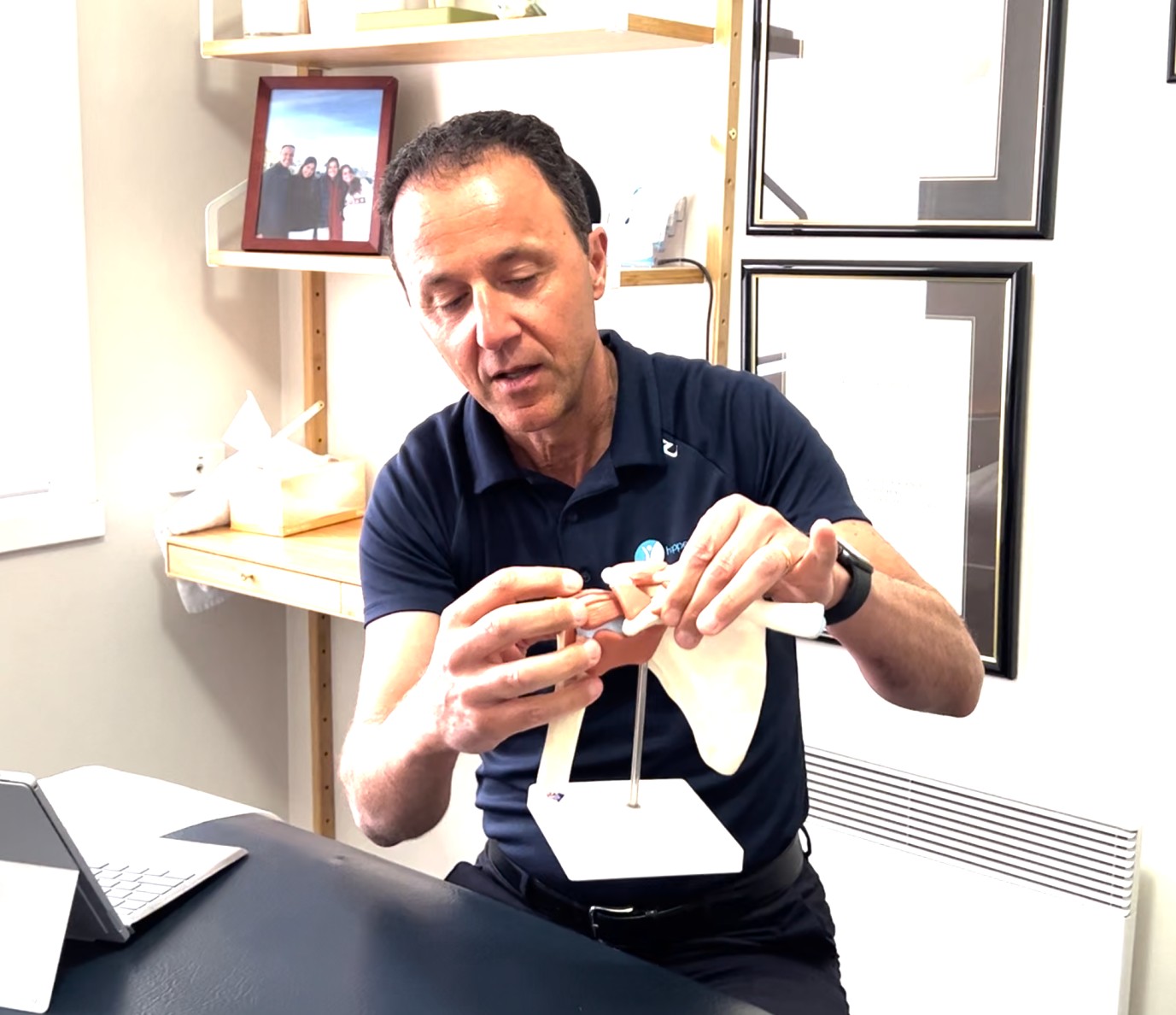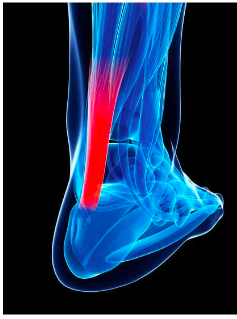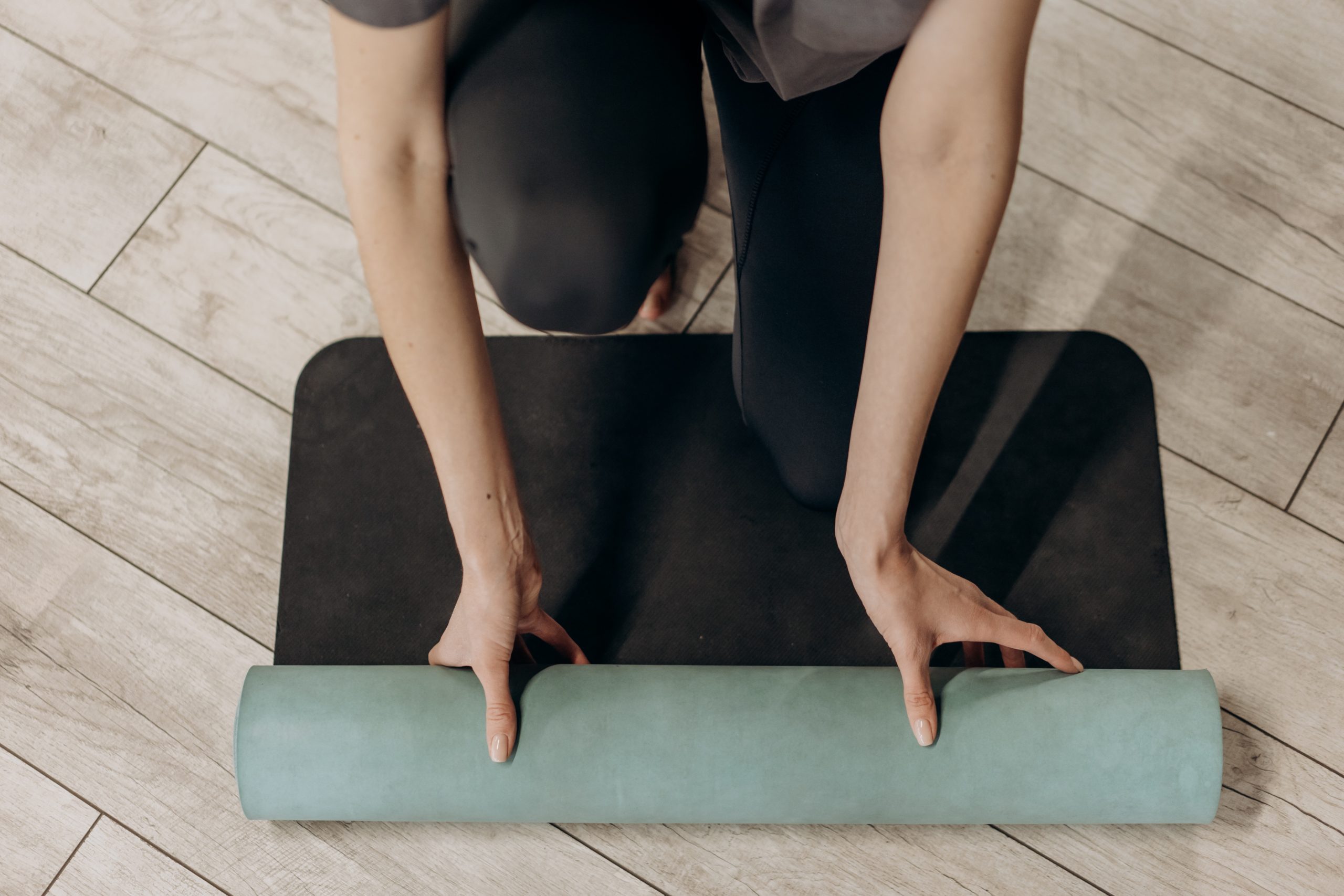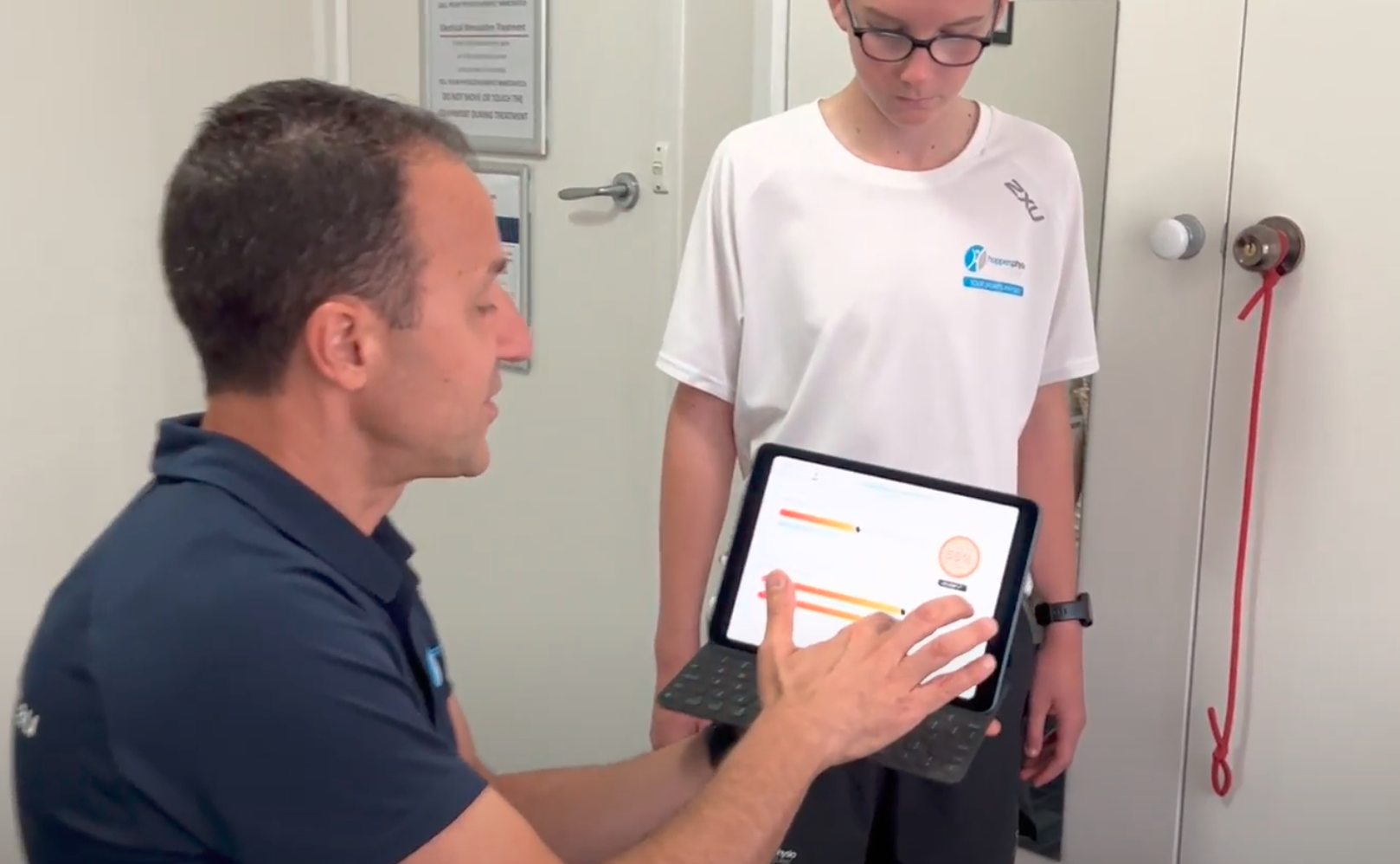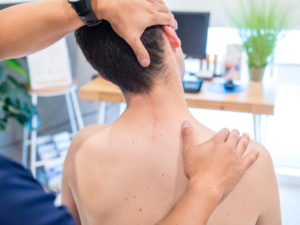Plantar Fasciitis
In this video, Michael Tricarico from Hoppers Physiotherapy explains what causes plantar fasciitis and how corrective biomechanics and exercise can help to correct the underlying function. If you are experiencing foot pain, contact our clinic at (03) 9749 5110 or book an appointment online https://youtu.be/upuwqouGg8M

